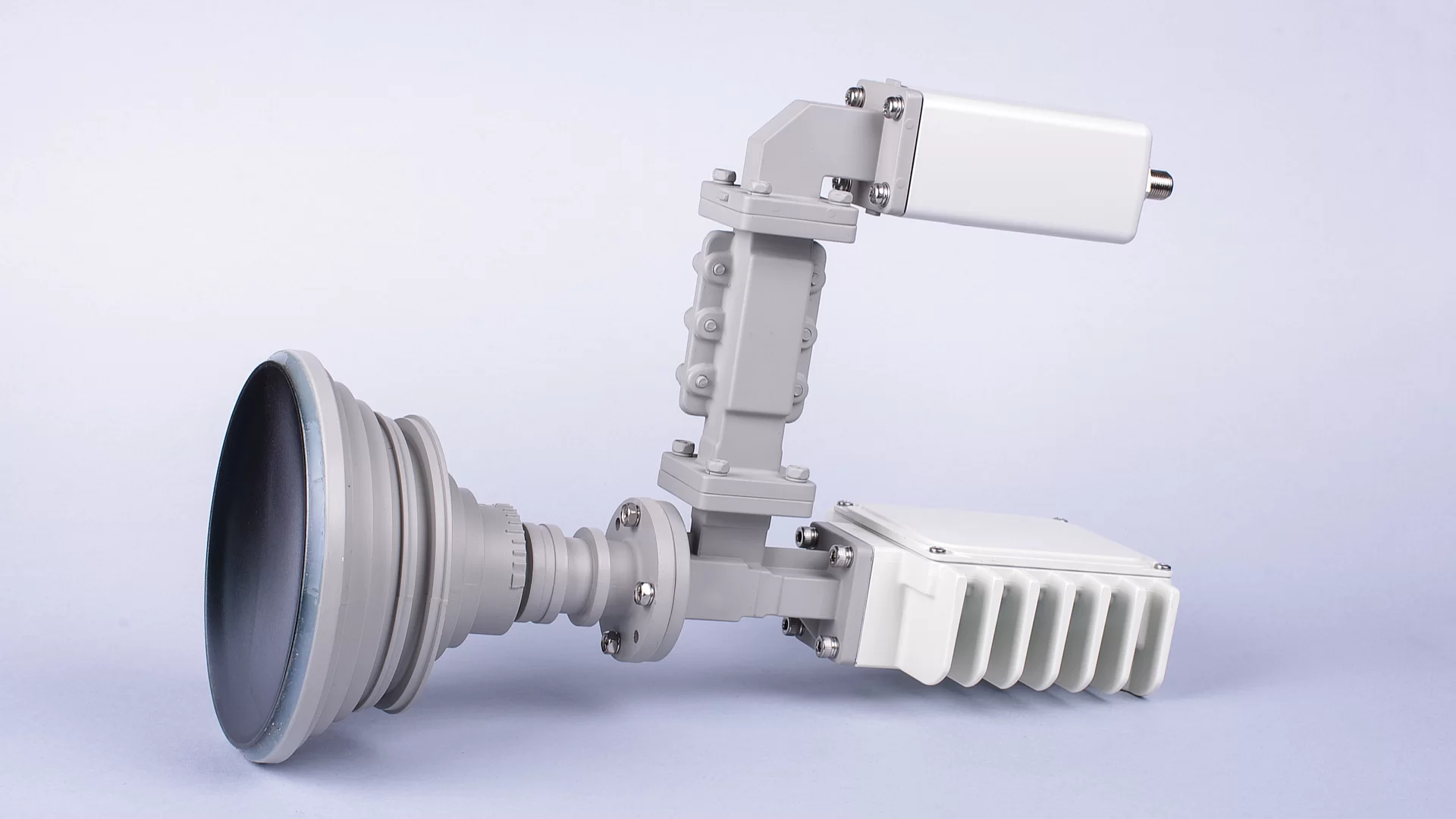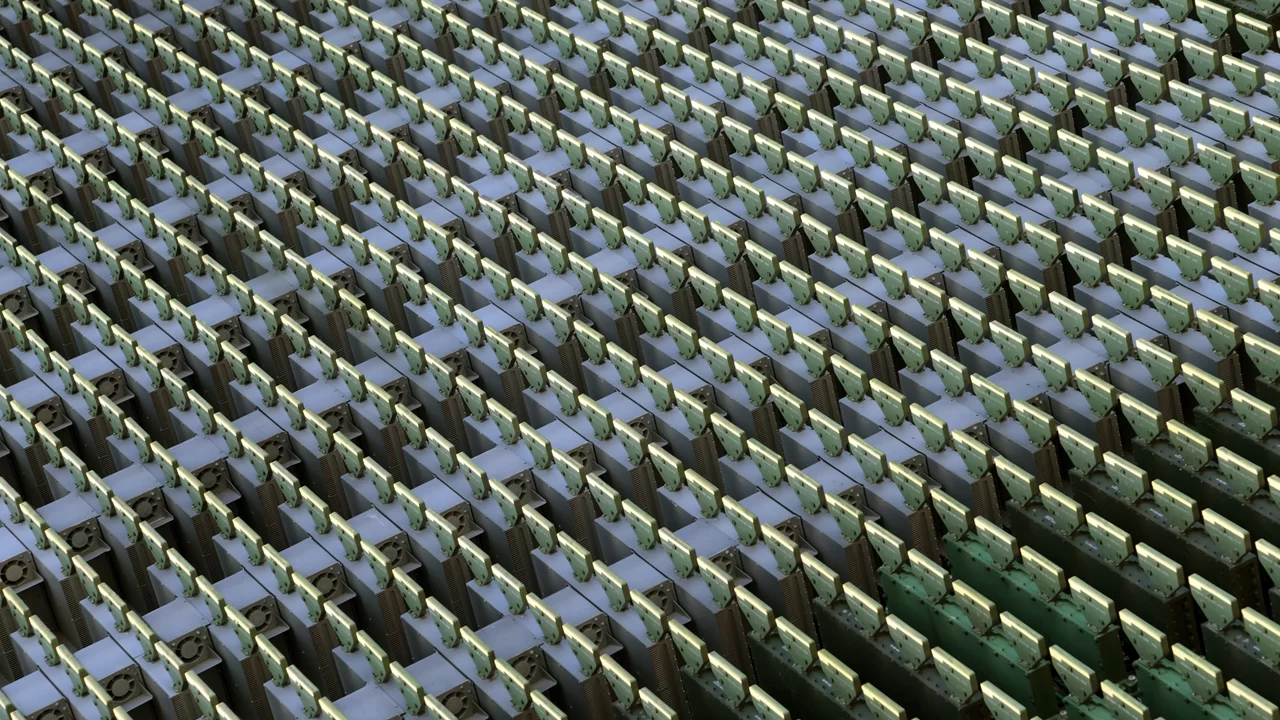Modeling Signal Inputs with Ansys HFSS Using Wave Ports and Lumped Ports — Lesson 2
When modeling an electromagnetic structure, the accuracy of the solution solver is dependent on the input signal definition, also known as the excitation. This excitation

